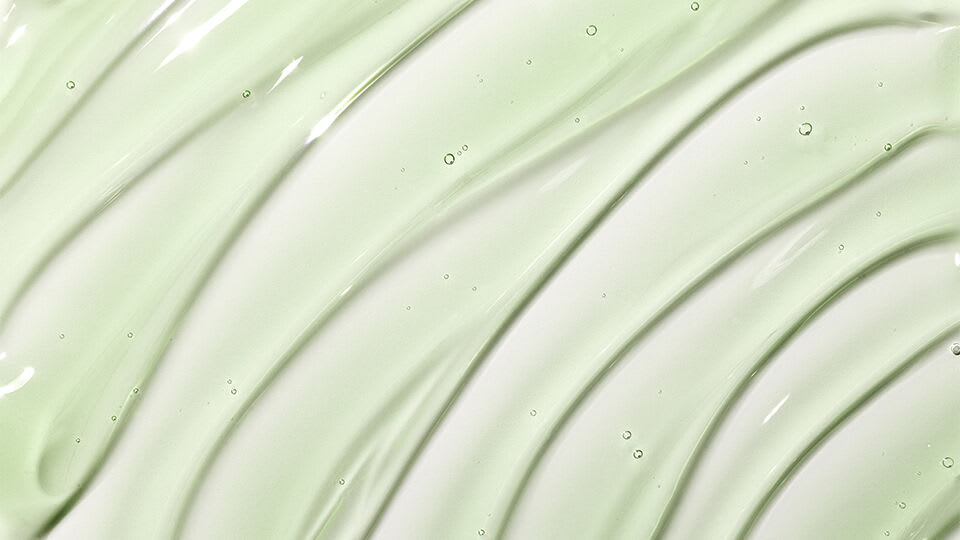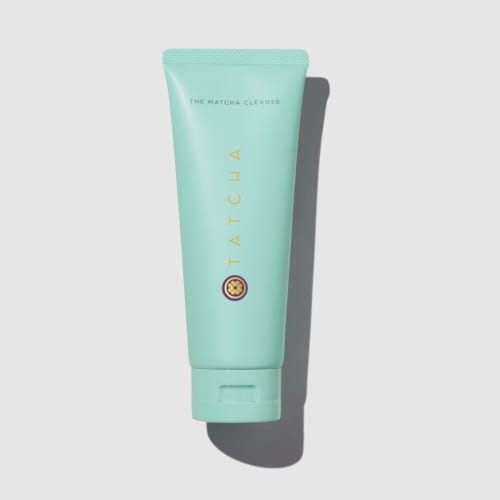Cleansers come in all sorts of formats and textures—and gels in particular come recommended for oily and acne-prone skin. But why do gel cleansers work best for these types? And what is the best gel cleanser?

A skincare routine might be two steps or twelve. It might be better suited for oily skin or dry skin, or vice versa. But one consistent feature of all skincare routines is a good cleanse. More often than not, cleansing will be found at the very beginning.
Face wash is step one for a reason. Clearing out excess oil or removing dirt collected on your skin during the day allows the following parts of your routine—your essence, serums, and especially your moisturizer—to work unimpeded. If our skin barriers are shields against our outside environments, a proper cleanse helps not only to preserve these shields, it introduces ingredients that fortify them, too. Cleansing is also useful in the treatment of dermatologic disorders from acne to eczema to sun damage.
As your skin goals get more specific and sophisticated, so, too, can the skincare you use to achieve them. For example, those treating oily skin tend to opt for gel formulas that can help balance out their skin’s water-oil levels. But these formulas can sometimes do their job too well, and throw the balance off in the other direction; skin feels parched in the process. The best gel cleanser stops short of disrupting skin’s own moisture reserves; it cleanses and rinses and leaves skin nourished, hydrated, and ready for the rest of your routine. This guide will help you understand why the best gel cleanser might also be the best option for your skin.
The many types of cleansers
To suit a wide array of routines and skin types, cleansers come in all sorts of textures—dense and watery, oily and jelly.
Chemically, this is achieved by choosing the right base. Some cleansers are based in oil, which allows them to nourish very dry skin—as well as melt makeup. Others are more lightweight by comparison, which helps them sink down into the outermost layer of skin. The best base for your cleanser may simply depend on your own preferences. But they’re also often recommended based on specific skin properties, like how much oil your skin naturally produces.
A few common types of cleansers you’ll encounter in the skincare aisle include the following, from most lightweight to heaviest:
Micellar water. This very lightweight kind of cleanser is named for the micelles within its formula, which help the body absorb lipid and fat soluble vitamins. When applied to skin, these micelles can glom onto outside dirt and impurities and pull them away from the skin. Micellar water is especially good at removing makeup, but is usually not recommended to cleanse skin on its own; Other cleansers can more effectively cleanse deeper into the skin.
Gel cleanser. Heavier than a micellar water, these water-based cleansers take on a slippery, translucent shape. Gel cleansers are recommended for oily skin types due to their ability to reach down into the layers of the skin, where oil resides; they also have been noted to shrink the look of pores.
Cream cleanser. It may look like your moisturizer at first blush, but a cream cleanser is different by design; the main goal of these formulas is to cleanse the skin without stripping it of natural moisture. But with added moisture-binding ingredients like hyaluronic acid, these can also help hydrate and moisturize your skin in the process. The gentleness of cream cleansers often makes them great for sensitive or reactive skin, but they’re a safe bet on all skin types.
Oil cleanser. Many cleansers make use of plant-based oils, but oil-based cleansers, as the name suggests, are nothing but. If you remember that skin is an oil-water matrix, you can see how oil cleansers are uniquely suited to work with the natural composition of skin. They help shore up skin’s natural barrier against water loss, which is probably why oil cleansers are often recommended to those with dry skin.
Waterless cleanser. Recently, a new cleanser category has risen in popularity—and one without any liquid at all. These cleansers, be they solid bars or finely milled powders, are activated when the user combines them with a small amount of water. These cleansers can benefit all skin types, and be especially useful for exfoliation. They’re also very air travel-friendly.
The benefits of gel cleanser
But let’s zoom in to one particular type of cleanser: Gel. Why are gel cleansers so good for those with oily or acne-prone skin?
Historically, these kinds of cleansers have been known to provide a squeaky-clean, tight sensation to those who use them. For faces that are typically slick with oil, this can seem like a good thing. But dermatologists disagree. According to the American Academy of Dermatology Association, a good face wash shouldn’t leave skin feeling stripped bare. It’s important to use products that will respect the integrity of the skin barrier—not wear it down.
As a result, many gel cleansers have been formulated to include ingredients that hydrate and/or moisturize the skin. Their unique texture still provides a relatively lightweight cleansing experience—they slide onto skin, and may gently foam when lathered—that manages to unclog pores by ridding them of unwanted dirt and debris. The best gel cleansers will also carry ingredients that offer other benefits, from chemically exfoliating the skin to repairing unseen oxidative damage.
How to wash your face with gel cleanser
Though a gel cleanser behaves differently when applied compared to other cleanser textures, the order of operations is pretty much the same.
Apply one to two pumps of gel cleanser. Dermatologists typically advise cleansing twice daily, in the morning and in the evening, but you should always talk to your own dermatologist or licensed skincare pro about what works for your skin. A pump or two will do you for each cleanse. (Specific dosing advice will be printed on the packaging’s directions.)
Lather and massage the gel cleanser gently into the skin. While you may have the urge to scrub your skin clean, especially at the end of a long (and potentially grimy) day, it’s in your skin’s best interest to resist. The best way to cleanse your face is with light pressure and gentle hand motions. This is true for any and every skin type. Imagine your skin as a fine fabric, like silk, and treat it accordingly.
Consider a double cleanse. This popular (and dermatologist-endorsed) skincare trend involves using two formulas of complementary texture to get the most effective wash possible. It’s entirely optional—but worth learning about.
Rinse, pat dry, and follow with toner or serum. With the same soft hand you’ve been using throughout this process, rinse your skin and pat it dry with a soft, clean towel. Now your skin is clean—and optimized for your next skincare steps.
The best gel cleanser
A gel cleanser can effectively clean skin, down to its innermost reaches where excess oil resides. The best gel cleanser should do even more, using thoughtful formulation to get the most out of your skincare routine’s first step.
The newest addition to the skincare brand Tatcha’s best-selling array of cleansers fits the bill perfectly. The Matcha Cleanse is ideal for oily, blemish-prone skin, formulated without fragrance or soap that has potential for irritation. It’s a gel cleanser that, with a little water, transforms into a refreshing watery-foam that purifies even congested pores without stripping skin.
This is achieved thanks to powerful Japanese botanicals. Powdered green tea, for one, has excellent antioxidant capabilities, helping to repair cellular damage from within. BHA alternatives help to gently exfoliate the skin, while providing vitamin nourishment. Beyond the daily benefit of cleaning your slate, regular use will beget more benefits over time. In other words, it’s a cleanser that does more.


